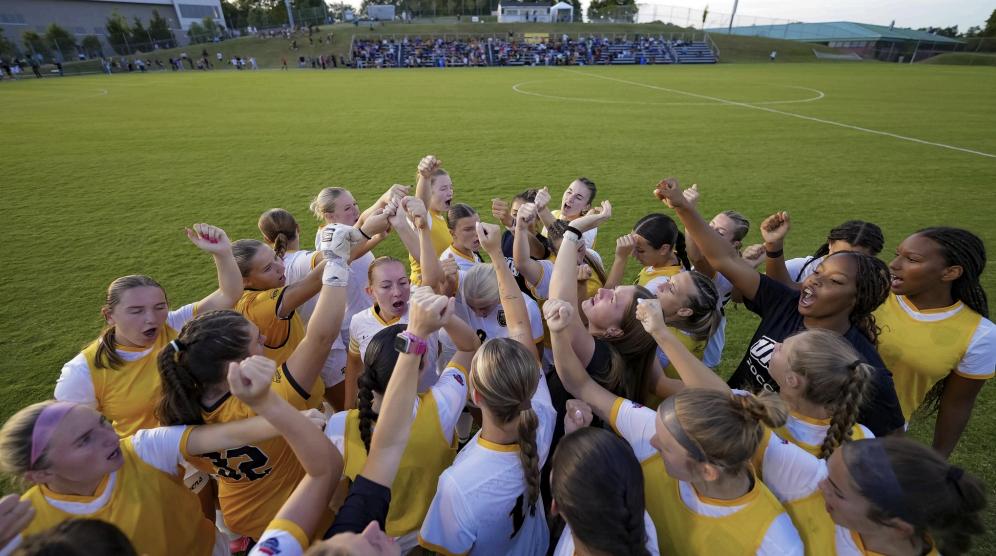University of Maryland, Baltimore County students could see a slightly larger tuition bill for the 2021-2022 school year if the University System of Maryland Board of Regents approves UMBC’s proposal. If approved, in-state undergraduates and graduate students will pay two percent more, and out-of-state undergraduates and graduate students will pay three percent more. While most fee increases remain non-controversial, proposals to raise the Athletics and Recreation fee sparked conversations about fairness.
The university’s proposed 2021-22 in-state, full-time undergraduate tuition increases the cost of attendance by $252, including the $78 increase across all six student fees. The increase for out-of-state, full-time undergraduate tuition and mandatory fees is $808. Graduate students can expect to pay an additional $24 dollars per credit hour for in-state tuition, and $38 per credit hour for out-of-state tuition and fees.
Undergraduate UMBC students pay six fees: Athletics and Recreation, University Commons, Transportation, Student Activities, Auxiliary Facilities and Technology. Each fee is expected to see between $6 and $32 increases for the 2021-2022 school year.
Vice President for Finance and Administration Lynn Schaefer emphasized that these increases were not a result of losses during the COVID-19 pandemic. Instead, they will cover a cost-of-living adjustment for faculty and staff that went into effect on Jan. 1, and will comply with Maryland’s minimum wage increase to 15 dollars per hour.
“The Board of Regents held all tuition and fee rates flat for this year. So now we have two years’ worth of costs going up that we need to be able to cover,” said Schaefer.
The general increase in tuition and fees did not anger UMBC students, but the proposed Athletics and Recreation fee jump did.
The Athletics and Recreation fee was initially proposed to the Student Fee Advisory Board with a $45 increase but has since been lowered to $32. The $1,218 paid by full-time undergraduate students will be used to support UMBC’s 15 Division I collegiate sports teams, scholarships for student athletes and recreation (club sports, intramurals, fitness programs and open facilities like the Retriever Activity Center).
Student Government Association board representatives were frustrated by the proposed Athletics and Recreation Fee, said junior biology and physics double major Mehrshad Fahim Devin and junior biology and global studies double major Menna Nasser, the SGA Executive President and SGA Senator, respectively.
“It’s a big buck. $1,200 a year is a lot,” said Fahim Devin.
Fahim Devin, Nasser and other UMBC students who took to social media to express their resentment towards the Athletics and Recreation fee increase believe the fee places an unfair burden on the backs of students to support athletics and student athletes. They feel students should not be responsible for expenses like athletic scholarships or varsity athletic facilities that they cannot use.
“A lot of the financial burden of athletics is on undergraduates,” said Fahim Devin.
To prove that UMBC students pay too much in Athletics and Recreation fees, Nasser and Fahim Devin point to an NBC News article that says UMBC had the 13th-highest Athletics and Recreation fee in the country for the 2018-2019 school year. It also said students accounted for 68 percent of athletic revenues.
In hopes of reducing the fee, the pair met with Athletic Director Brian Barrio, Director of Budget & Financial Analysis Kristy Michel and Associate Vice President for Financial Services Kathy Dettloff to discuss the reasoning behind the increase.
Barrio, Michel and Dettloff explained the fee increase was a response to the general tuition increase. As UMBC’s overall tuition increases, Athletics requires more money to maintain their athletic scholarship amount.
The minimum wage increase also played a part, said Barrion, because the increased Athletics and Recreation fee will be used to pay part-time staff $15 an hour. He also pointed to the renovations on the RAC as further reasoning.
“The cost of running a much nicer building is higher than running a less functional building,” said Barrio.
Barrio emphasized that the increase in the Athletics and Recreation fee will not go towards the Athletic Department’s deficit. While he said it would be years before the Athletic Department makes up pandemic losses, the department is not placing that burden on students. Instead, athletics staff took pay cuts to cover some of the loss in revenue.
Schaefer explained that the fee increase is just a means of ensuring that UMBC’s athletic and recreational offerings are still up to par.
“This is a minimum increase that we need to make so we can offer students all the things that are involved in athletics, recreation, club sports and all those aspects of a vibrant university community,” said Schaefer
Barrio, Schaefer and Dettloff are thankful for the feedback received from Student Fee Advisory board members like Nasser and Fahim Devin.
“I want students to understand that this process is a good thing and I’m happy to be a part of it,” said Barrio. “I’m happy to answer these questions.”
For students interested in having a say in the proposal of tuition and fee changes, Dettloff points to the Student Fee Forum as an opportunity to make their voices heard.
“It’s really helpful for students and us all around,” said Dettloff.
Editor’s Note: Morgan Casey is part of UMBC Athletics’ Cross Country and Track & Field teams.
